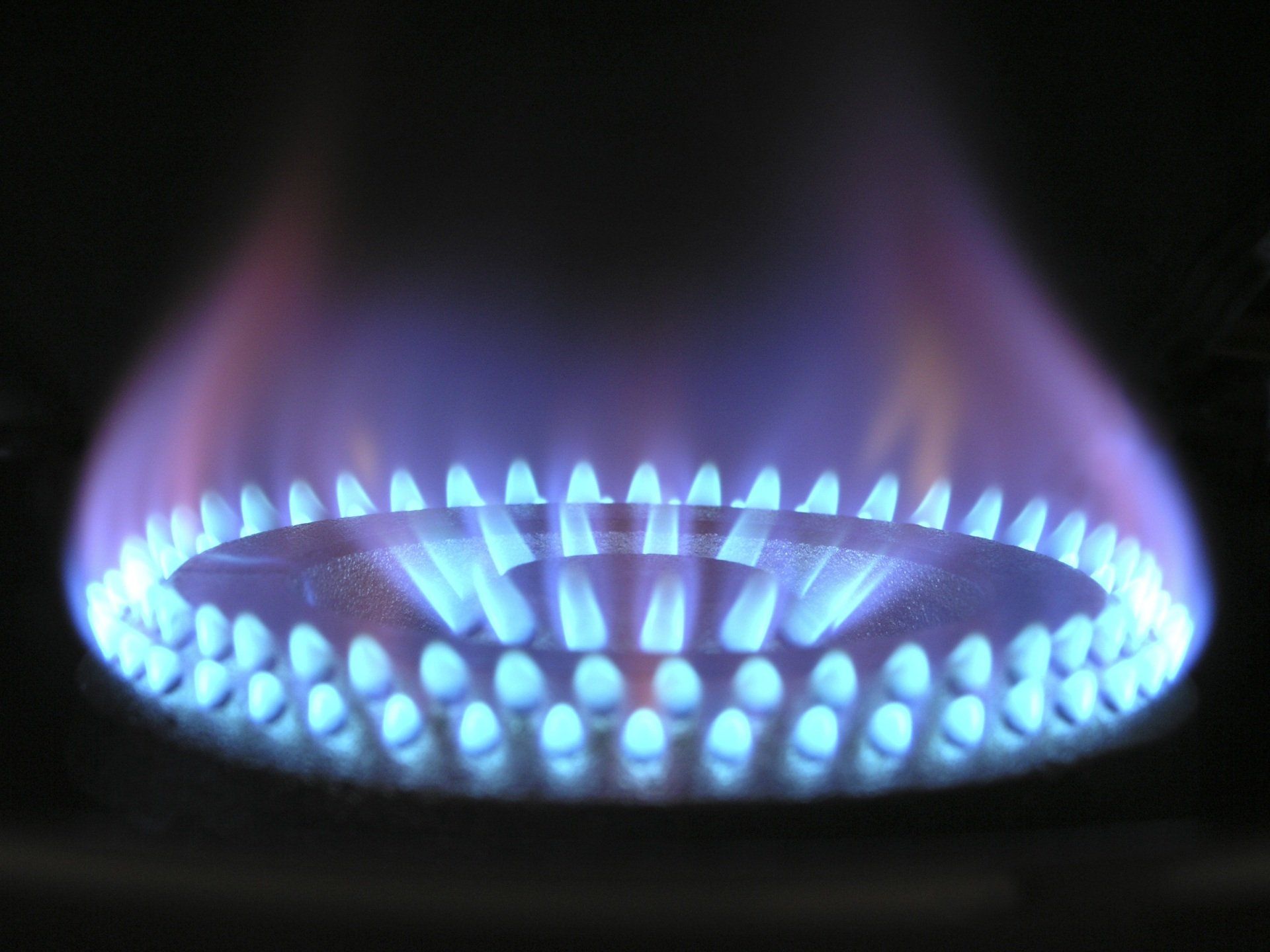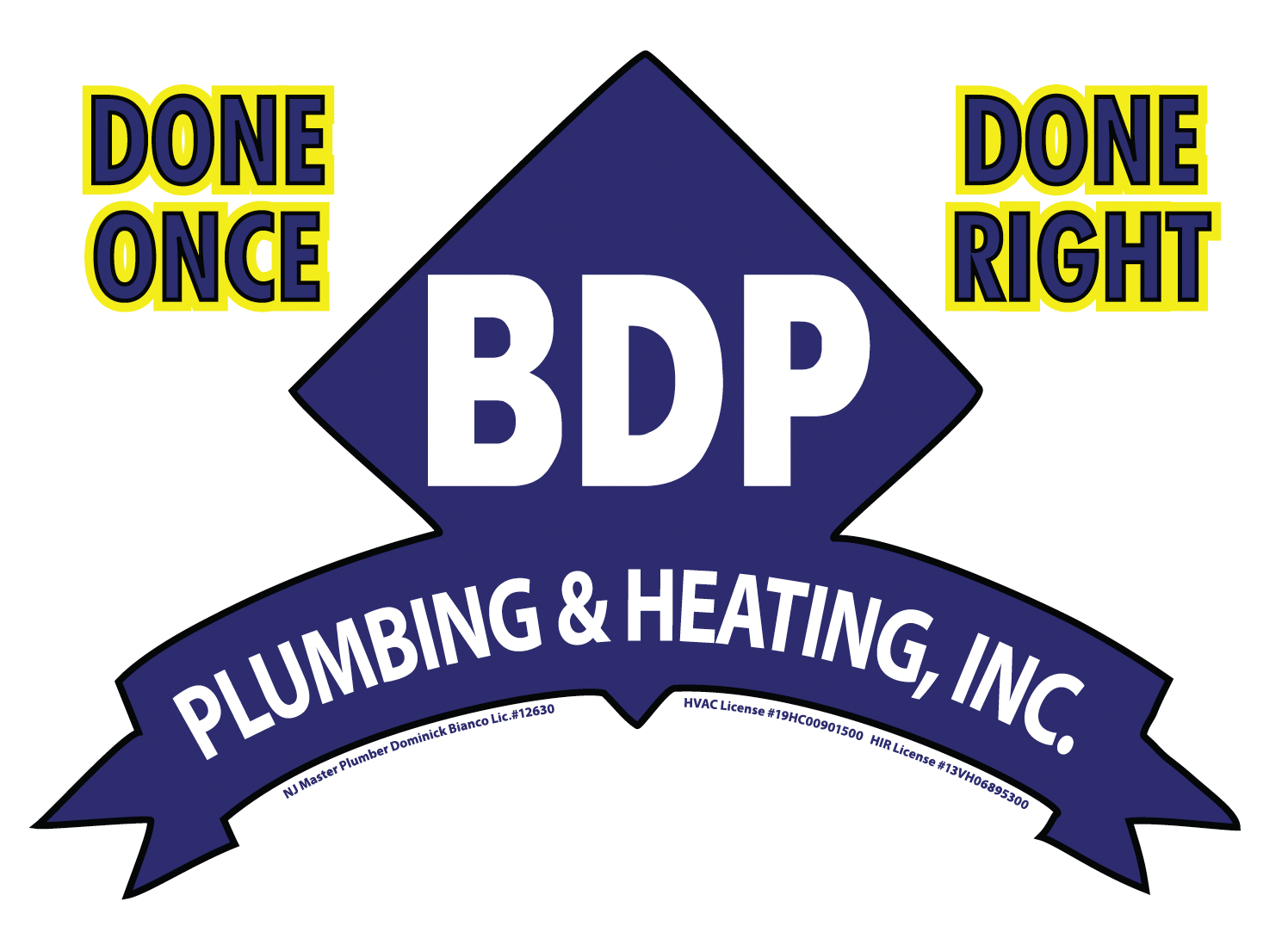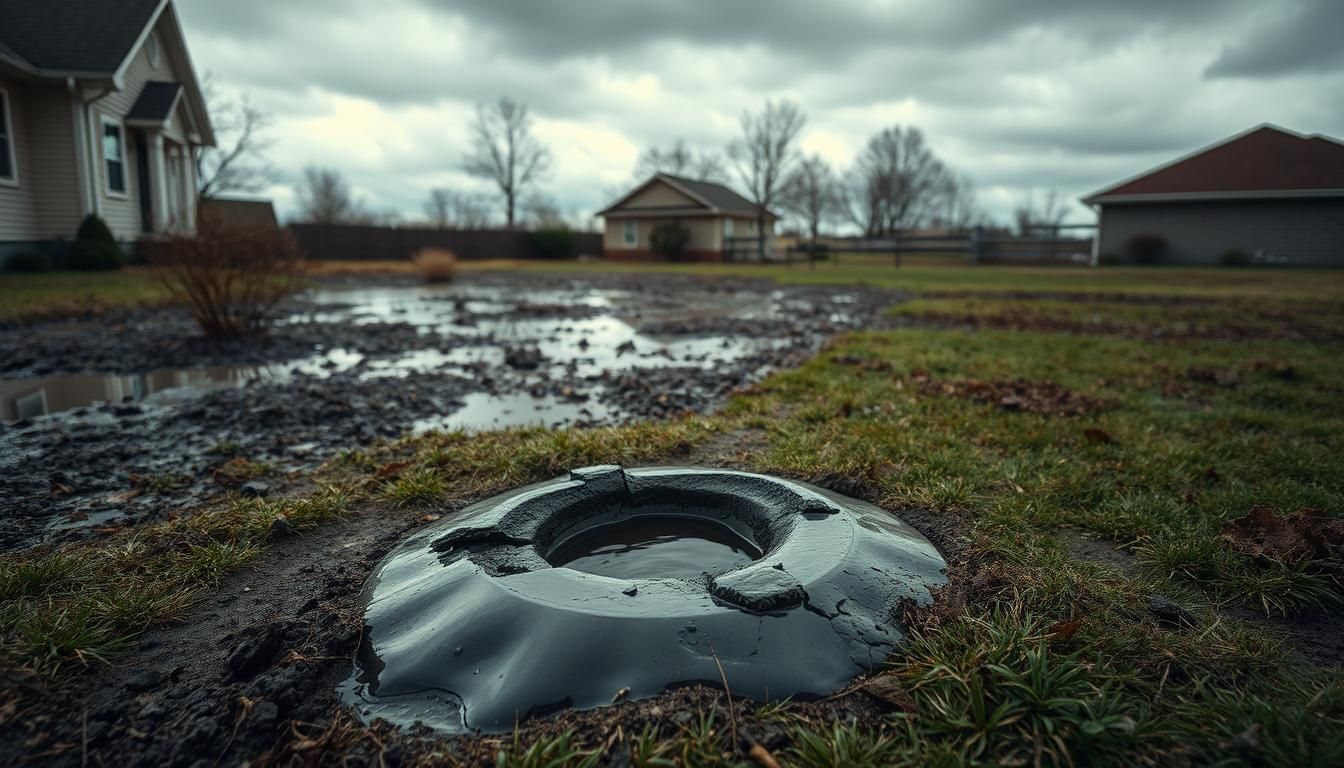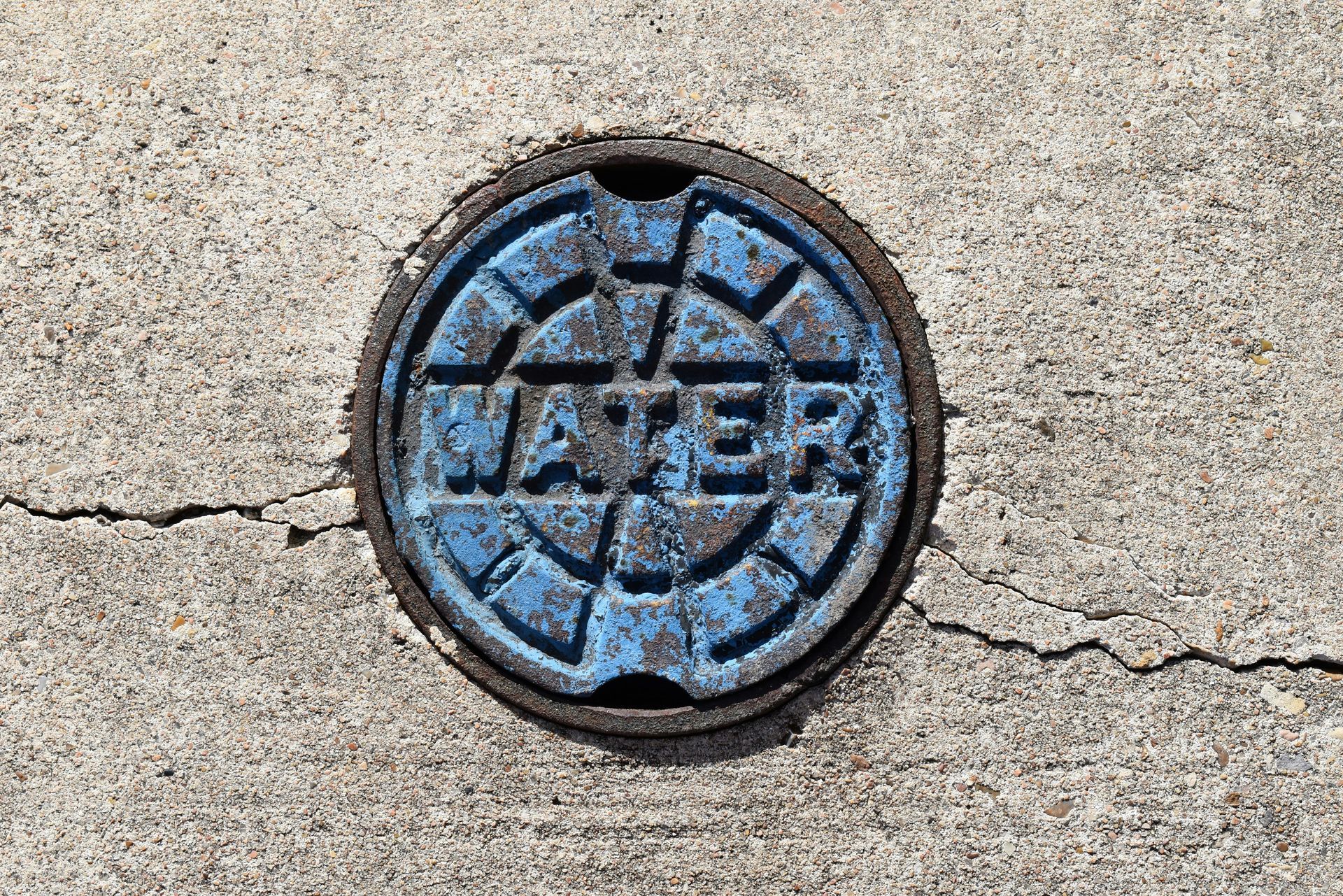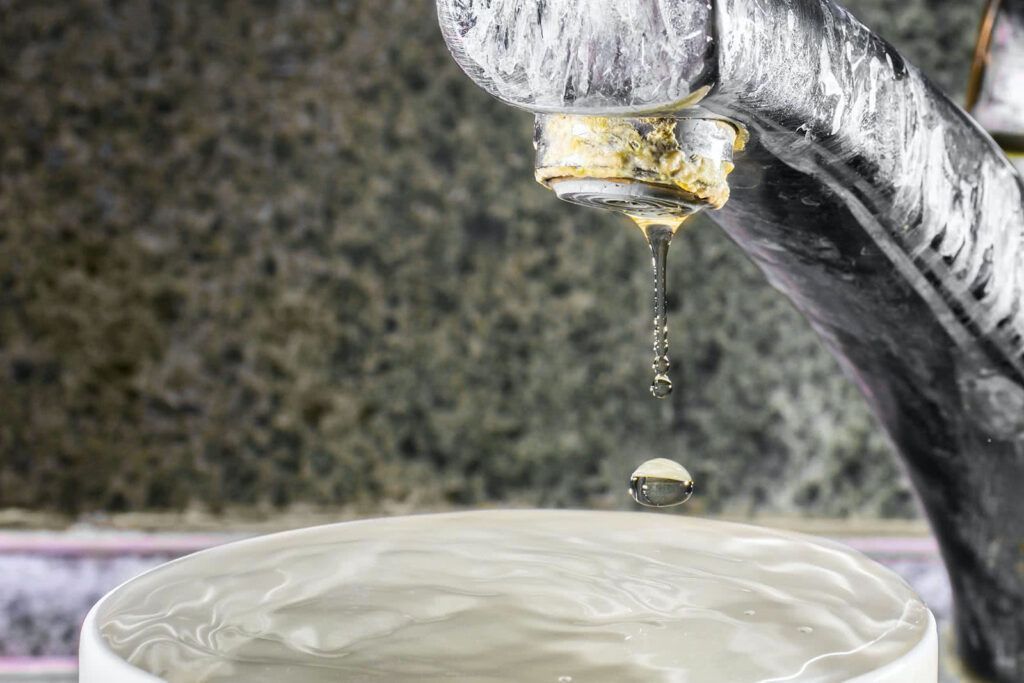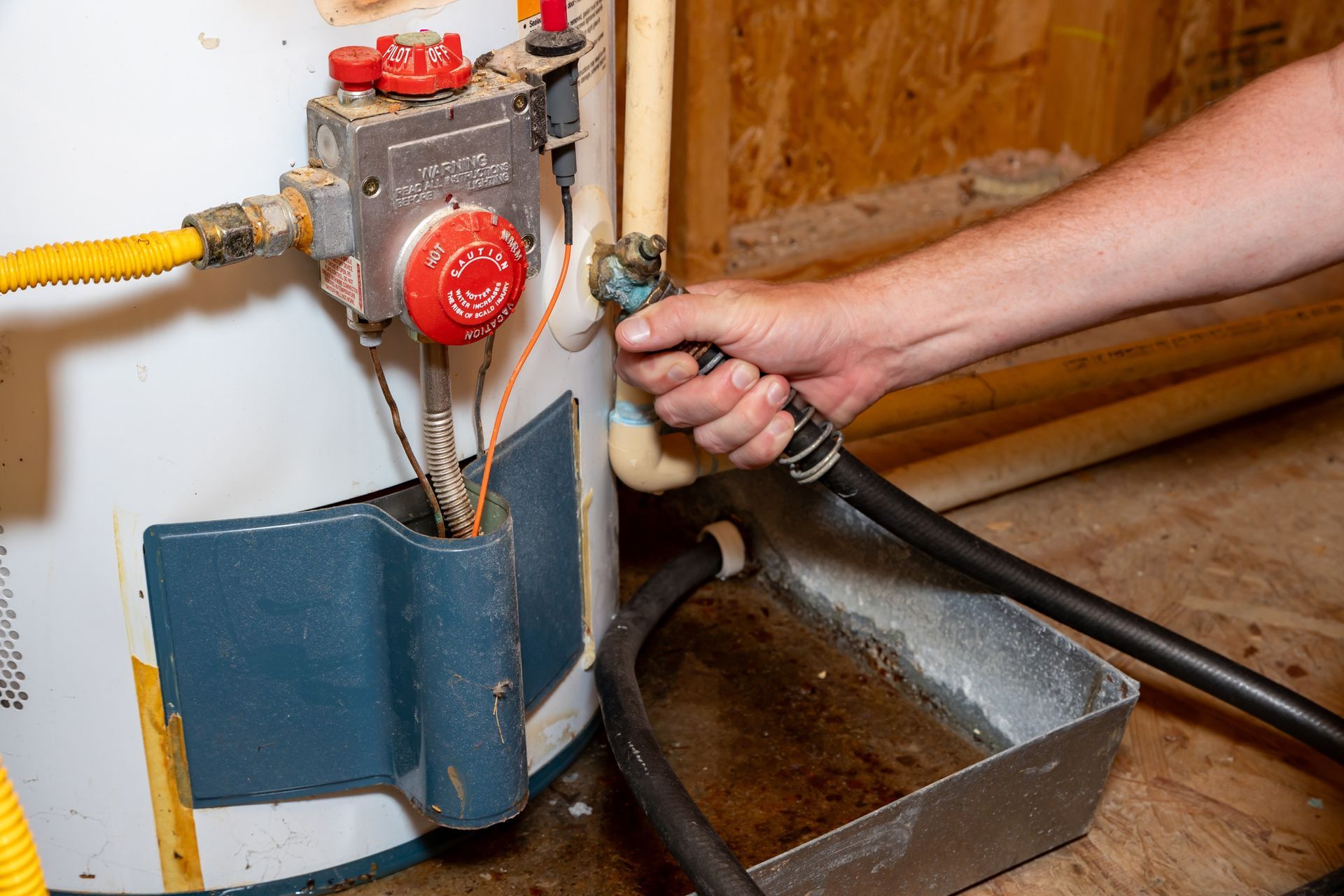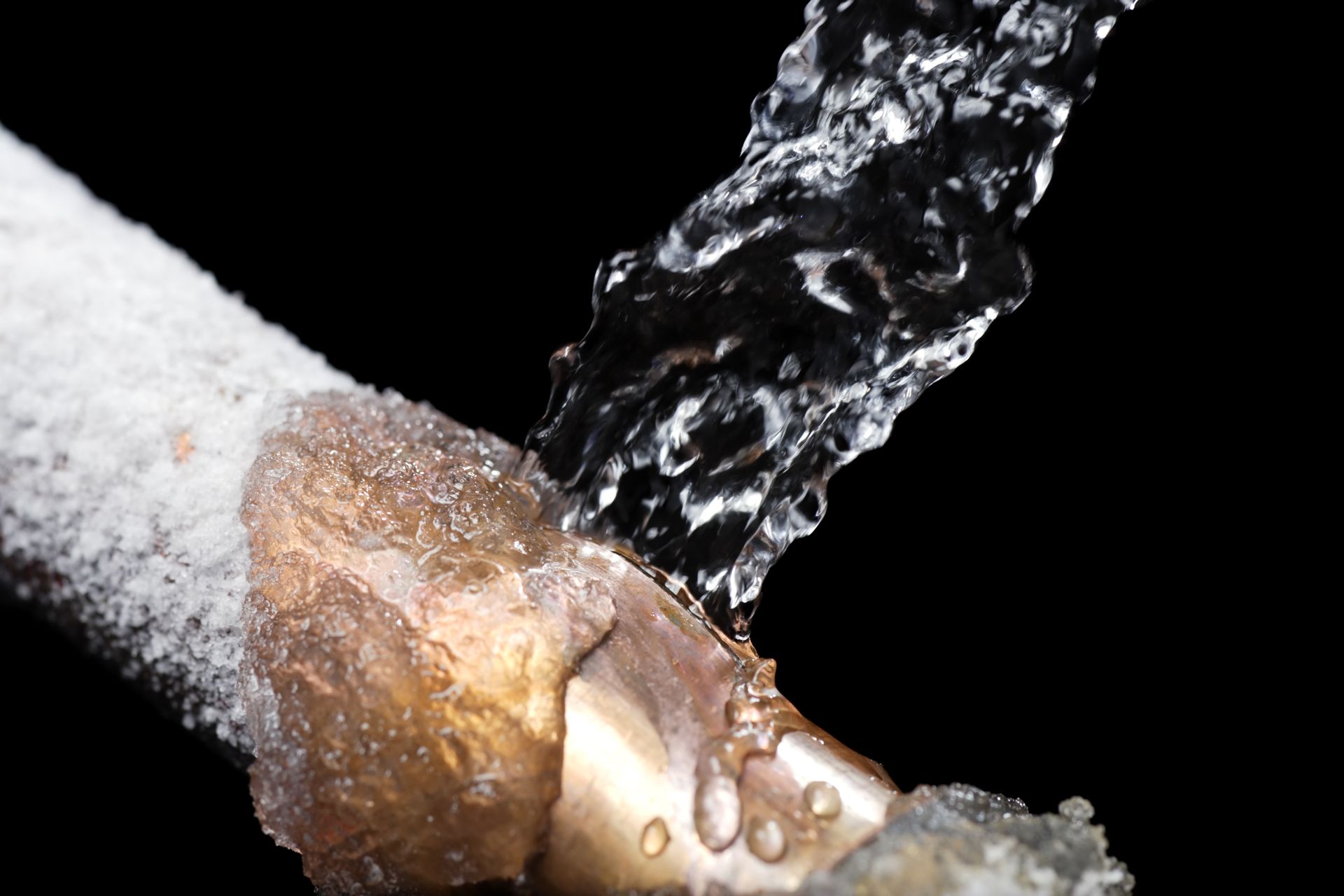Clogged Kitchen Sink? Here’s What to Do When All Else Fails
If your kitchen sink is still blocked after you tried a few fixes, stay calm. This short guide gives clear, safe next steps to unclog kitchen fixtures without causing damage. You’ll learn which DIY moves help and when to stop and call a pro.
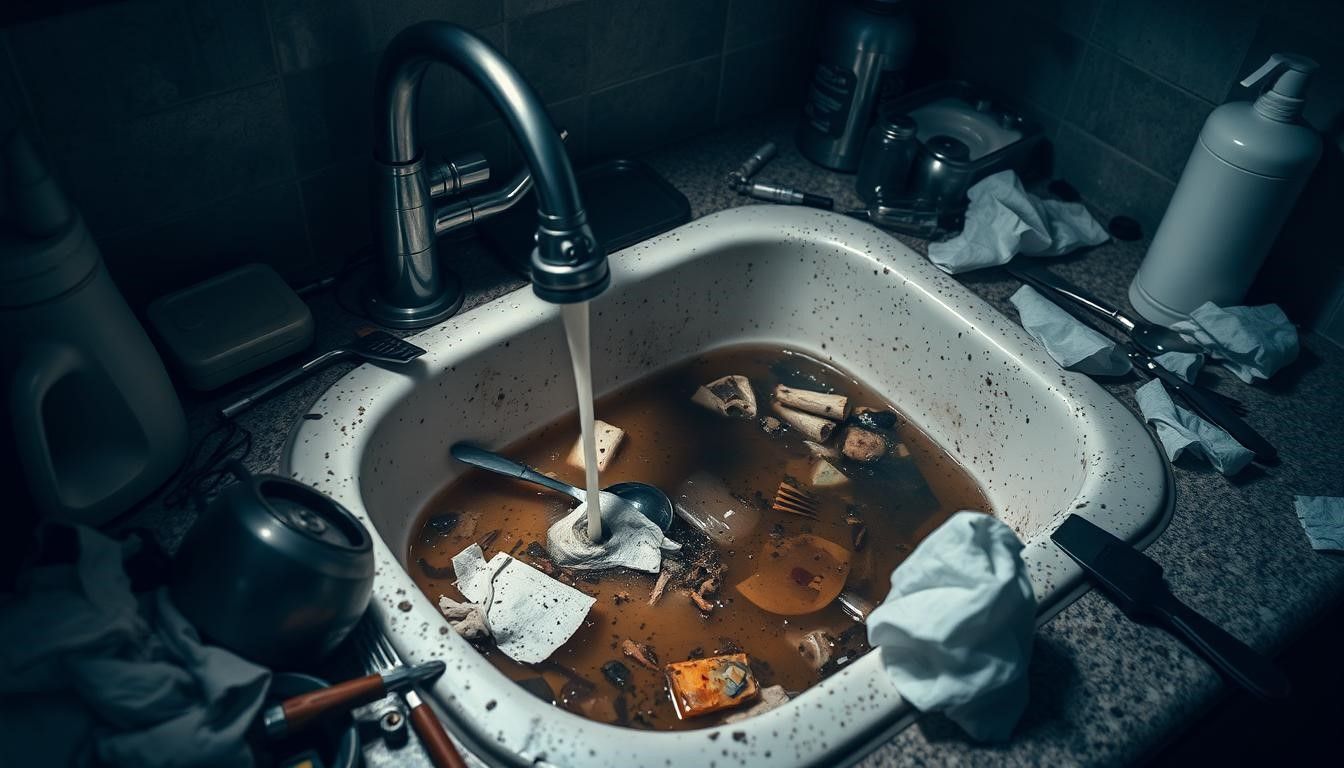
Slow draining, odors, or water backing up often come from grease, food bits, soap scum, or foreign objects. Simple tools like a plunger, a wet-dry vacuum trick, or a baking soda and vinegar rinse can work if used correctly.
Be cautious with very hot water on older plastic pipes and avoid harsh chemicals that harm finishes. If a snake or P-trap cleaning is needed, wear gloves, place a bucket, and reassemble carefully to protect your plumbing.
For prompt help, call BDP Plumbing & Heating, Inc. They’ve served Morris and Sussex Counties for over a decade with respectful, skilled techs. Call 973-584-8485 and Make the Right Choice with BDP.
Key Takeaways
- Try a plunger or baking soda + vinegar before calling a plumber.
- Use very hot water carefully; avoid boiling on older plastic lines.
- Mechanical removal (P-trap, auger) needs basic prep and a bucket.
- Avoid harsh chemicals and overheating to protect pipes and finishes.
- When in doubt, call a local plumbing expert for safe, fast service
.
Why Your Kitchen Sink Clogs and What That Means Right Now
Leftover grease and oil coat the inside of a pipe and act like glue. Over time they trap food, soap scum, and tiny particles. That layered buildup reduces flow and can turn a slow drain into standing water fast.
Common culprits include fats, fibrous scraps, coffee grounds, and small bits of packaging. Soap scum mixes with grease to form a sticky film that is hard to rinse away. Foreign objects — even labels or twist ties — can lodge in an elbow and make a minor issue worse.
Early warning signs
A slow drain, lingering odors, or water backing up when you run the garbage disposal mean a clog is forming now. Running plenty of cold water while the disposal runs helps carry particles through the drain and reduces sticking.
If multiple signs appear or smells persist after flushing, the obstruction likely has real mass and needs a methodical approach. For prompt diagnostics and safe repairs in Morris and Sussex Counties, call BDP Plumbing & Heating, Inc. at 973-584-8485.
Before You Start: Safety, Tools, and When to Pause
A quick check of tools and safety steps saves time and prevents accidental damage. Gather items and clear the cabinet so you can work without spills or dropped parts.
What you’ll need: a plunger designed for a flat drain, a sink plunger, a wet-dry vacuum with a hose, 1 cup baking soda and 1 cup vinegar, about 1/2 cup salt, a bucket, rags, a straightened coat hanger or plastic clog tool, and a plumber’s snake from the hardware store.
Safety basics
Protect finishes by laying towels and moving tools gently. Avoid metal-on-metal scraping at the sink drain and work slowly to prevent scratches.
Be cautious with very hot water and boiling pours around older pipes. Excessive heat can weaken plastic and older metal pipe fittings. If a tool binds, back off and reassess—never force it.
- Set a bucket and rags under the trap to catch drips.
- Measure baking soda, vinegar, and salt before you start so you don’t stop mid-step.
- Test a wet-dry vacuum hose fit and use a damp rag to seal for better suction.
If you’re unsure or want to protect finishes, BDP Plumbing & Heating, Inc. can help. Call 973-584-8485 for prompt, respectful plumbing service that keeps costs reasonable.
Fast DIY Fixes You Can Try First
Before calling a pro, try a few focused moves that target soft buildup near the top of the line. These quick steps often save time and avoid more invasive work.
Use hot water wisely to clear soft build-up
Start with controlled very hot water to soften greasy films so they release from pipe walls. Avoid pouring boiling water on older plastic fittings; extreme heat can warp or weaken them.
Plunge the drain like a pro (double basins included)
Fill the basin so the cup of the plunger is covered. If you have a double-basin kitchen sink, plug the other opening so pressure is focused.
Place a sink plunger firmly and give steady, vigorous 15‑second pumps. Lift to test flow and repeat as needed. If the plunger binds, stop and reposition the seal.
The wet-dry vacuum trick for stubborn surface clogs
Use a wet-dry vacuum on the drain with a damp rag pressed around the hose to form a tight seal. Run several suction cycles to pull loose debris.
Remove the hose slowly to avoid sudden pressure changes. If hot water, plunging, and suction don’t clear the problem, the obstruction may be deeper than the trap.
Prefer a pro to handle it quickly? BDP Plumbing & Heating, Inc. offers same-day help in many cases. Call 973-584-8485.
| Method | Best For | Speed |
|---|---|---|
| Controlled very hot water | Soft grease and soap films | Quick (minutes) |
| Plunger / sink plunger | Surface blockages near trap | Fast (minutes) |
| Wet-dry vacuum | Stubborn top-line debris | Moderate (minutes to 15) |
Pantry Solutions: Baking Soda, Vinegar, Salt, and Boiling Water
Household pantry staples can often dissolve soft buildup near the drain without harsh chemicals.
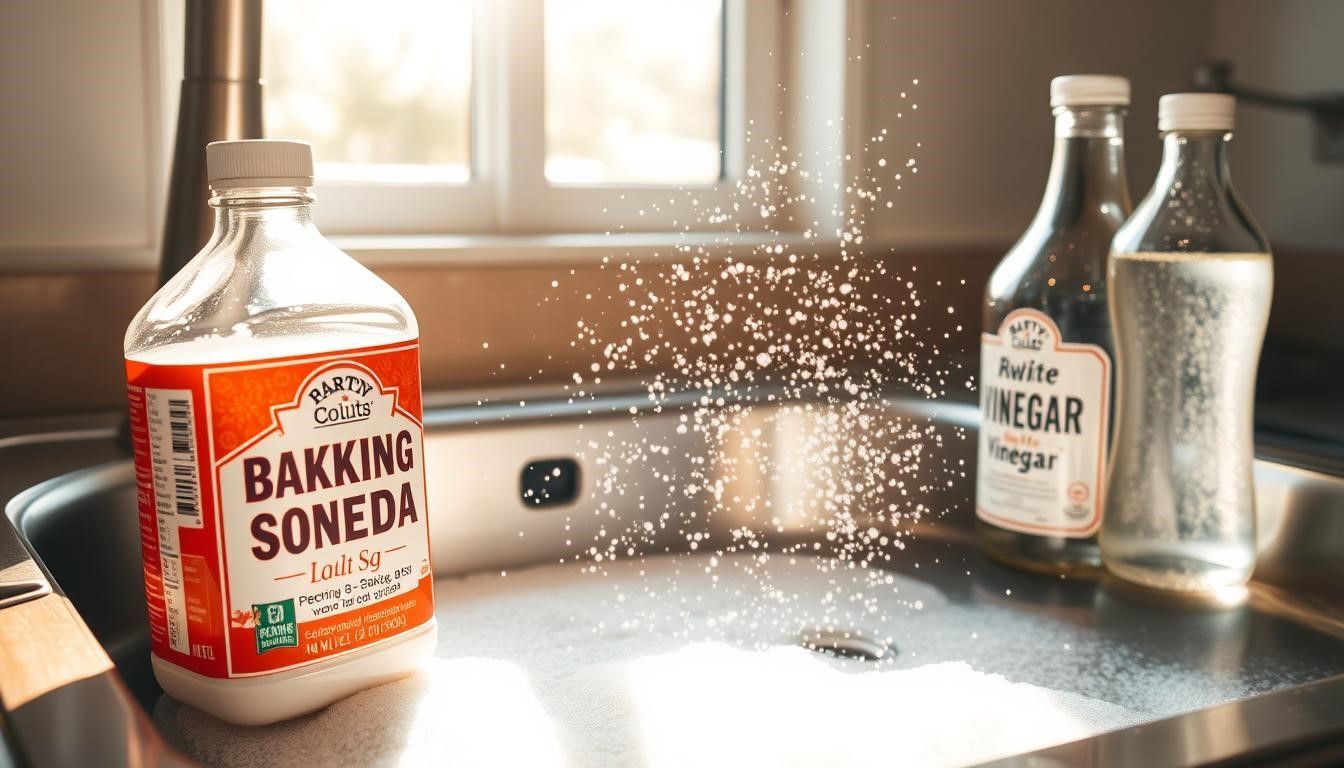
Start by removing any standing water so each ingredient reaches the blockage. This helps the measured pours work on the lining of the pipe instead of floating on top.
Baking soda and vinegar
Measure about 1 cup baking soda, then pour it down the sink opening. Follow with 1 cup vinegar and cover the drain.
Let the fizzing reaction work for about 15 minutes. After the reaction subsides, flush with hot water. If the flow improves but remains slow, you can repeat process once more.
Salt plus boiling water
Pour about 1/2 cup salt into the drain first so crystals abrade sticky residue. Carefully add about 1 quart boiling water and let sit a few minutes.
Finish with hot water to push loosened material through the trap.
Baking soda and salt overnight
Mix 1 cup baking soda with 1/2 cup salt and pour down the drain. Let sit overnight for several hours, then flush with boiling water in the morning.
- Measure ingredients for consistent results.
- Keep vents open and stand back during the bubbling step to avoid splashes.
- If you don’t clear clog fully after two rounds, the blockage may be deeper and need mechanical removal or pro help.
| Method | How to use | Best for |
|---|---|---|
| Baking soda + vinegar | 1 cup baking soda, 1 cup vinegar, cover, let sit 15 min, flush | Soft grease and soap films near the top of the drain |
| Salt + boiling water | 1/2 cup salt, 1 quart boiling water, let sit few minutes, flush | Abrasive flush for sticky residue |
| Baking soda + salt (overnight) | 1 cup baking soda + 1/2 cup salt, let sit several hours, flush with boiling water | Stubborn buildup that needs slow action |
If pantry methods don’t restore full flow, BDP Plumbing & Heating, Inc. can help the same day in many cases. Call 973-584-8485 for prompt, respectful service to clear clog deeper in the system.
Kitchen Sink Clogged Tried Everything? Go Deeper Without Damaging Pipes
When simple fixes don’t restore flow, work methodically and protect finishes. Start near the opening and move deeper only as needed.
Garbage disposal checks and safe deodorizing
Run cold water before, during, and after use to flush particles through the unit. Never feed grease, fibrous peels, coffee grounds, bones, or pasta to a disposal.
To deodorize, grind a handful of ice with salt, then add lemon peels. A baking soda and vinegar rinse can freshen without harsh chemicals.
Straightened coat hanger or plastic clog tool
Gently insert a straightened hanger or a plastic tool into the sink drain to pull out lodged debris. Move slowly to avoid scratching and to make sure thin plastic won’t snap off in the line.
Snake or auger basics
Remove the P-trap to access the stub pipe, then feed a snake from the hardware store until you feel resistance. Rotate to break or latch onto the obstruction, then withdraw and remove debris.
If you’d rather not disassemble anything, BDP Plumbing & Heating, Inc. can handle deep clogs quickly and cleanly. Call 973-584-8485.
When the Clog Is Downstream: Clean the P-Trap and Prevent Repeat Clogs
If water still pools after surface fixes, the problem often sits in the P-trap or just beyond it.
Start safely: set a bucket under the trap to catch the mess, then loosen the slip nuts slowly so captured water and debris flow neatly into the container.
Remove and clean the P-trap
Unfasten the trap and inspect the curved pipe for packed grease, food, or foreign particles. Clear everything out and rinse the section before reassembling.
Align washers and tighten slip nuts gently. Run warm water for a few minutes to verify there are no drips and that flow is restored.
Prevention habits that save time
Keep grease and fibrous foods out of the garbage disposal and avoid items that swell like rice and pasta. Run cold water before, during, and after using the disposal to carry particles through the pipes.
- Do weekly flushes with hot water to move residue along.
- Refresh the disposal with ice and salt, then add lemon peels or a baking soda and vinegar rinse.
- For homes with older pipe sections, use gentle maintenance and avoid harsh chemicals or excessive heat.
If a clean P-trap doesn’t restore flow, the obstruction may be farther downstream and need special equipment. Want a thorough cleanout and a prevention plan tailored to your home? BDP Plumbing & Heating, Inc. is happy to help. Call 973-584-8485.
Conclusion
When flow improves but doesn’t fully return, work through one more measured step before you escalate.
You now have a clear, step‑by‑step plan—from hot water and plunging to pantry mixes, hanger pulls, a snake via the stub pipe, and P‑trap cleaning—to help clear clog safely. If a method partly works, repeat process once before moving deeper.
Protect older plastic by avoiding boiling water directly on fittings and use gentle tools to avoid scratches. For fast, worry‑free results, call plumber support to prevent damage and save time.
Make the Right Choice with BDP. Call BDP Plumbing & Heating, Inc. at 973-584-8485 for prompt, professional help that respects your home and fixes the problem right.
Frequently Asked Questions About Kitchen Sink Clogged
What should I do first when the drain is slow and water pools?
Start with simple, safe steps. Run hot water to soften grease, then use a sink plunger to try dislodging the build-up. If you have a double bowl, seal the other side with a wet rag before plunging. Avoid chemical drain cleaners if pipes are older or plastic.
Can baking soda and vinegar really clear the blockage?
Yes, often that combo helps. Pour a cup baking soda, then a cup vinegar down the drain, cover for 10–15 minutes, and flush with hot water. Repeat once if needed. This works best on organic residue like grease and food particles.
How do I use boiling water and salt safely?
Pour half a cup of salt into the drain, followed by boiling water. Let it sit a few minutes, then flush with more hot water. This is good for soft deposits but avoid boiling water on older PVC fittings—let the water cool slightly to prevent damage.
My disposal hums but won’t grind — what now?
Turn it off and cut power at the switch or breaker. Check for visible jams with a flashlight; use pliers or an Allen wrench at the unit’s bottom reset socket to free the impellers. Never put your hand inside while it’s powered.
When should I clean the P-trap and how hard is it?
Clean the P-trap if water backs up or foul odors persist. Place a bucket under the trap, loosen the slip nuts, remove the trap, and clear debris. Reassemble and run warm water to check for leaks. It’s straightforward with basic tools.
Is a plumber’s snake the same as an auger, and can I use one myself?
A snake and an auger are similar tools for breaking clogs deeper in the line. Handheld snakes work well for household use: feed the cable into the drain, rotate when you feel resistance, then pull back to remove debris. Stop and call a pro if you meet very firm resistance or the cable won’t advance.
How can I prevent future blockages at home?
Adopt a few habits: never pour grease down the drain, scrape plates into the trash or compost, run cold water while using the disposal, and flush drains weekly with hot water. Periodically pour a cup baking soda followed by vinegar and a hot water rinse to keep lines fresh.
What household items should never go down the disposal or drain?
Avoid grease, coffee grounds, fibrous vegetables (celery, corn husks), potato peels, eggshells, and large bones. These items cause buildup or jam the blades and lead to recurring issues.
My efforts made no difference — when should I call a plumber?
Call a licensed plumber if water still backs up after cleaning the P-trap and trying a snake, if multiple fixtures are slow, or if you suspect damage or leaks. Professionals can diagnose downstream blockages and protect your pipes from costly repairs.
